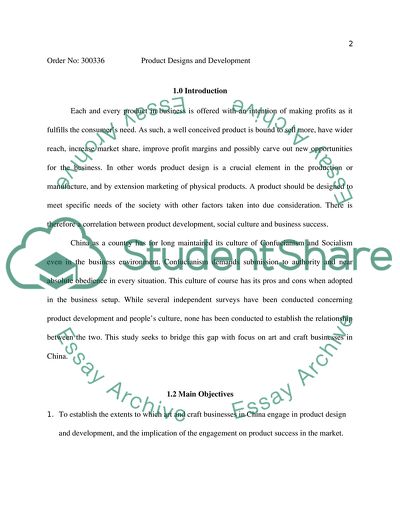Cite this document
(“Product Designs & Development Dissertation Example | Topics and Well Written Essays - 1750 words”, n.d.)
Product Designs & Development Dissertation Example | Topics and Well Written Essays - 1750 words. Retrieved from https://studentshare.org/design-technology/1555043-product-designs-development
Product Designs & Development Dissertation Example | Topics and Well Written Essays - 1750 words. Retrieved from https://studentshare.org/design-technology/1555043-product-designs-development
(Product Designs & Development Dissertation Example | Topics and Well Written Essays - 1750 Words)
Product Designs & Development Dissertation Example | Topics and Well Written Essays - 1750 Words. https://studentshare.org/design-technology/1555043-product-designs-development.
Product Designs & Development Dissertation Example | Topics and Well Written Essays - 1750 Words. https://studentshare.org/design-technology/1555043-product-designs-development.
“Product Designs & Development Dissertation Example | Topics and Well Written Essays - 1750 Words”, n.d. https://studentshare.org/design-technology/1555043-product-designs-development.


